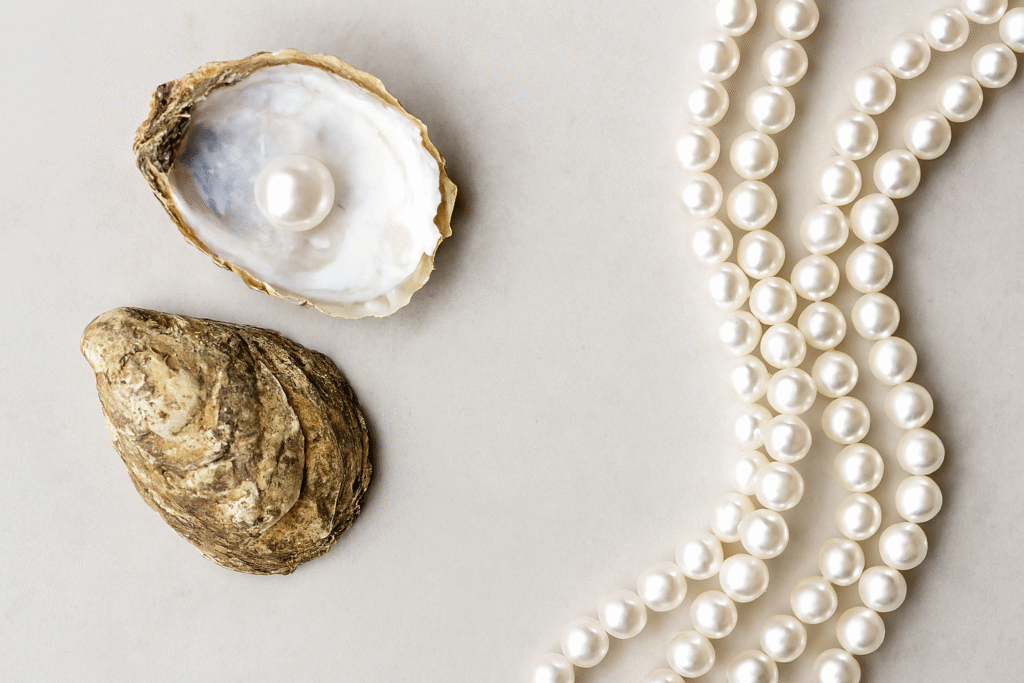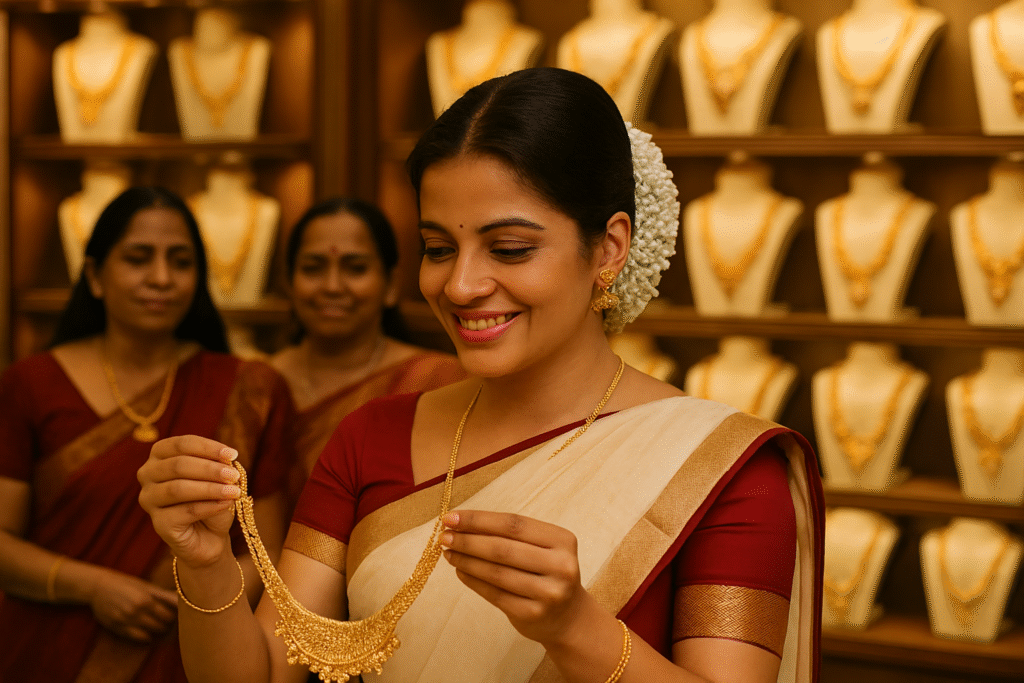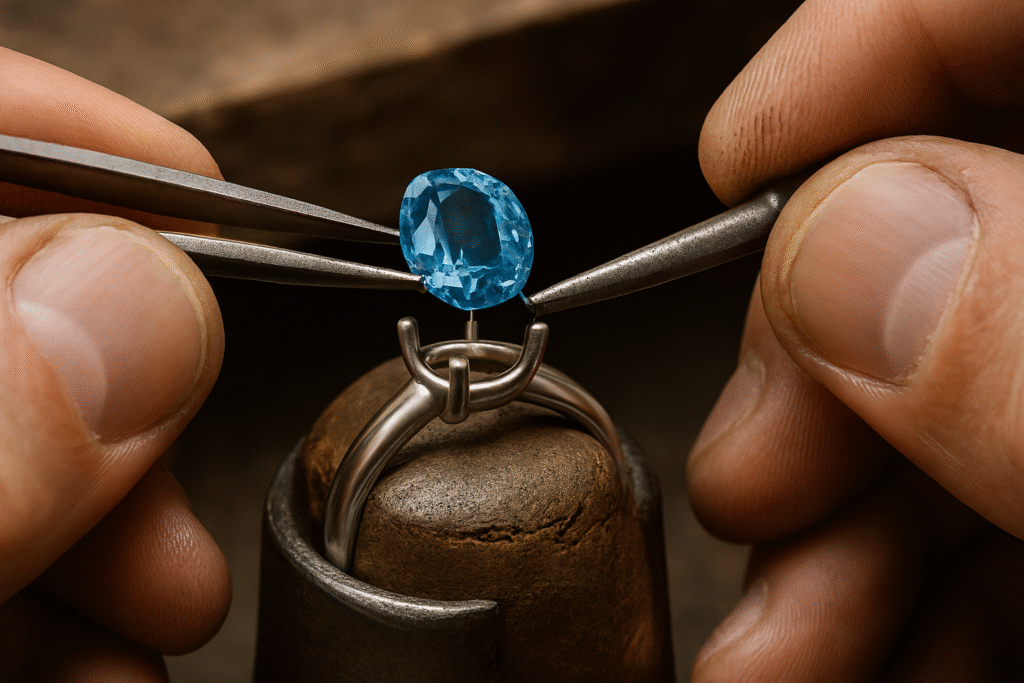Many buyers confuse natural and cultured pearls. Learn the key difference with a simple analogy. Avoid costly mistakes when choosing your pearls.
When you shop for pearls, one mistake can change everything.
Confusing “natural” with “cultured.”
Both are real pearls.
But their origins are not the same.
Think about berries.
A wild berry grows by accident in nature.
A farmed berry grows because someone planted and cared for it.
Pearls follow the same idea.
- Natural pearls
- They form inside oysters by pure accident.
- A tiny grain or parasite slips in, and the oyster reacts.
- Layers of nacre build up slowly over years.
- These pearls are rare and very costly.
- Cultured pearls
- A technician places a small bead or tissue inside the oyster.
- The oyster still produces layers of nacre.
- The process is guided, not left to chance.
- Cultured pearls are more common and affordable.
Both are genuine pearls.
The difference is how they begin.
Why does this matter to you?
- Price: Natural pearls can be many times more expensive.
- Availability: Most pearls in today’s market are cultured.
- Value: A jeweler must disclose which type you are buying.
Ask yourself when buying:
Are you paying natural pearl prices for a cultured pearl?
Knowing this difference protects your money.
It also helps you appreciate the story behind the gem you wear.
A clear guide to understanding the difference between natural and cultured pearls. Uses a simple wild berry vs. farmed berry analogy to explain how natural pearls form by chance, while cultured pearls are grown with human help. Helps readers make smarter jewelry decisions.



